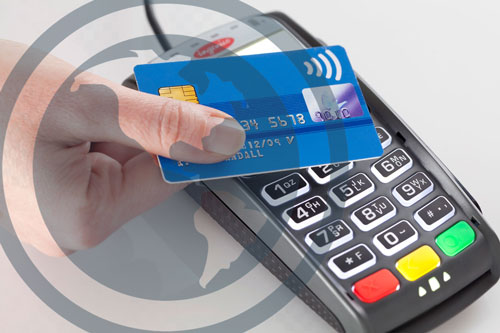 For over more than a decade, software developers and their VAR channels have helped retailers expand their reach through digital channels. The solutions you provide help them serve a wider audience of consumers who only have to visit a website to make a purchase, rather than drive to a store. Now, retailers are demanding solutions that help them expand their reach even further — beyond geographical borders — with cross-border payment solutions.
For over more than a decade, software developers and their VAR channels have helped retailers expand their reach through digital channels. The solutions you provide help them serve a wider audience of consumers who only have to visit a website to make a purchase, rather than drive to a store. Now, retailers are demanding solutions that help them expand their reach even further — beyond geographical borders — with cross-border payment solutions.
Bridging the Gap
Cross-border payment solutions enable a merchant to accept payment in a different country than where the payment card was issued. They take into account:
- Payment card rules from the issuing country
- Currency exchange rates
- Foreign transaction fees
- Taxes
- Language differences
Leading cross-border payment solutions also facilitate the payment process. If a Canadian shopper clicks “buy” on a U.S. business’ e-commerce page, for example, the website or its shopping cart function will direct that consumer to a payments page. A cross-border solution will ensure shoppers see the price in their own currency, an accurate tax amount, and other relevant information to the purchase. And, it gives the shopper options for paying for the purchase with the payment methods used in their country or region.
Cross-border payments also give in-store shoppers options. With the right cross-border payment solution, consumers visiting other countries can make purchases using credit cards issued at home.
Completing the transaction involves cooperation between a bank that issued a credit card in one country and a correspondent bank in the seller’s country. The extra step compared to a totally domestic transaction can take additional time, but other facets of the process, including encryption and other security measures, are the same as a domestic transaction and must be flawlessly executed.
An Easier Life for ISVs and VARs
If you’ve been around payments for any length of time, you’re probably thinking a payment transaction that involves two countries will mean twice the work for you. With the right cross-border payment solution, however, it’s not the case.
Working with the same technology provider for payments made in the U.S. and Canada enables you to work with the same code set for development consistency and to make troubleshooting easier — you also have one contact for sales and support. It also allows you to equip your customers with the same PIN pads for use in locations in either country. A payments integration partner capable of managing cross-border payments will also make reporting and billing easier for you and your clients.
A solution that’s processor-agnostic is key to successful cross-border payments. When you can give your clients the ability to choose the payments company, they can select the one that supports the countries in which they do business and minimize the problem of foreign transactions flagged as fraudulent.
A Growing Trend
Retailers are increasingly viewing their markets in terms of how far they can spread a digital message around the globe, not how many people can drive to their stores. They’ll demand that the point of sale (POS) and retail management solutions they use support doing business wherever they want, anywhere in the world.
Ensure the solutions you are providing have the capability to support cross-border payments, and your clients know your solutions meet this growing demand.



